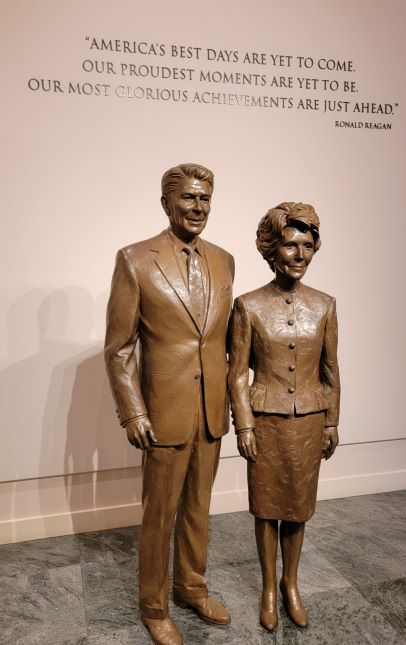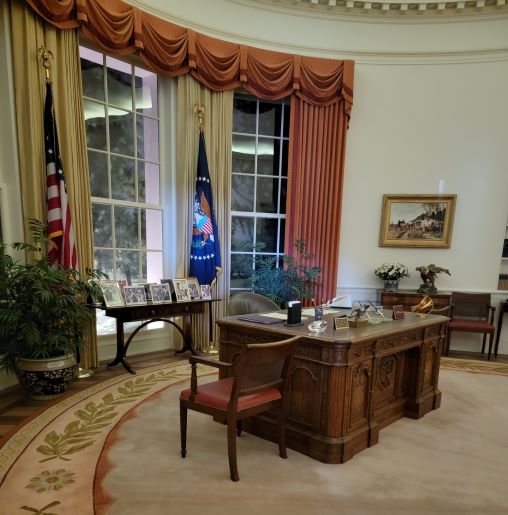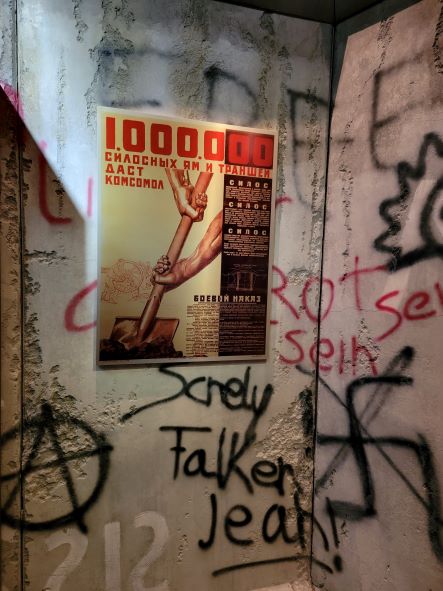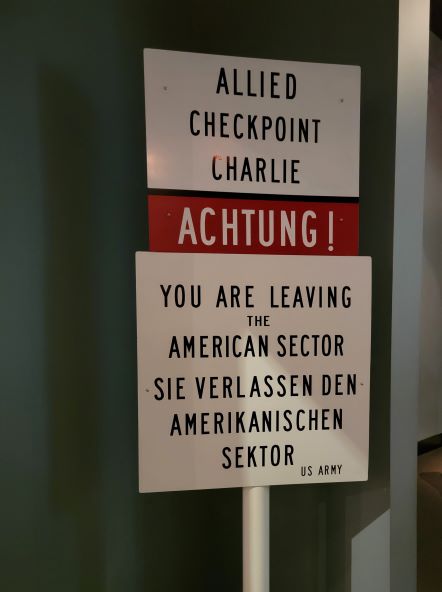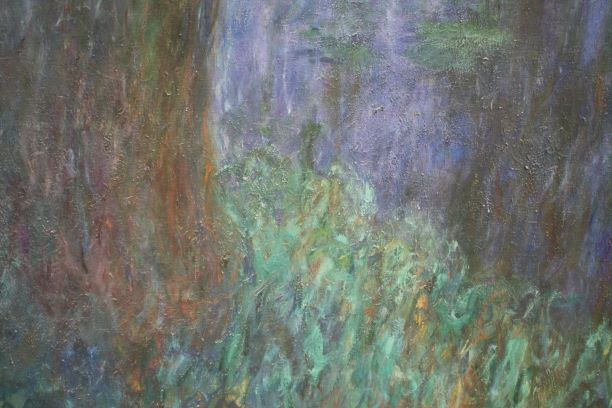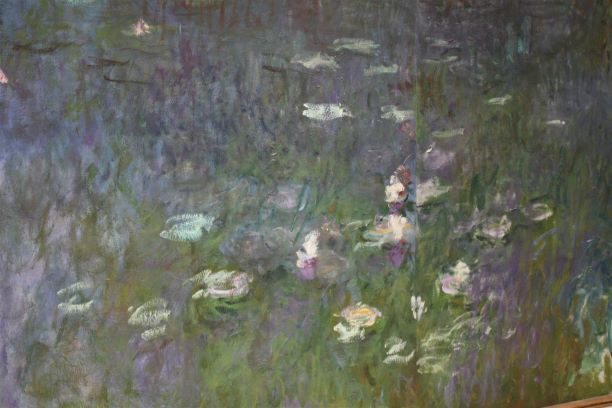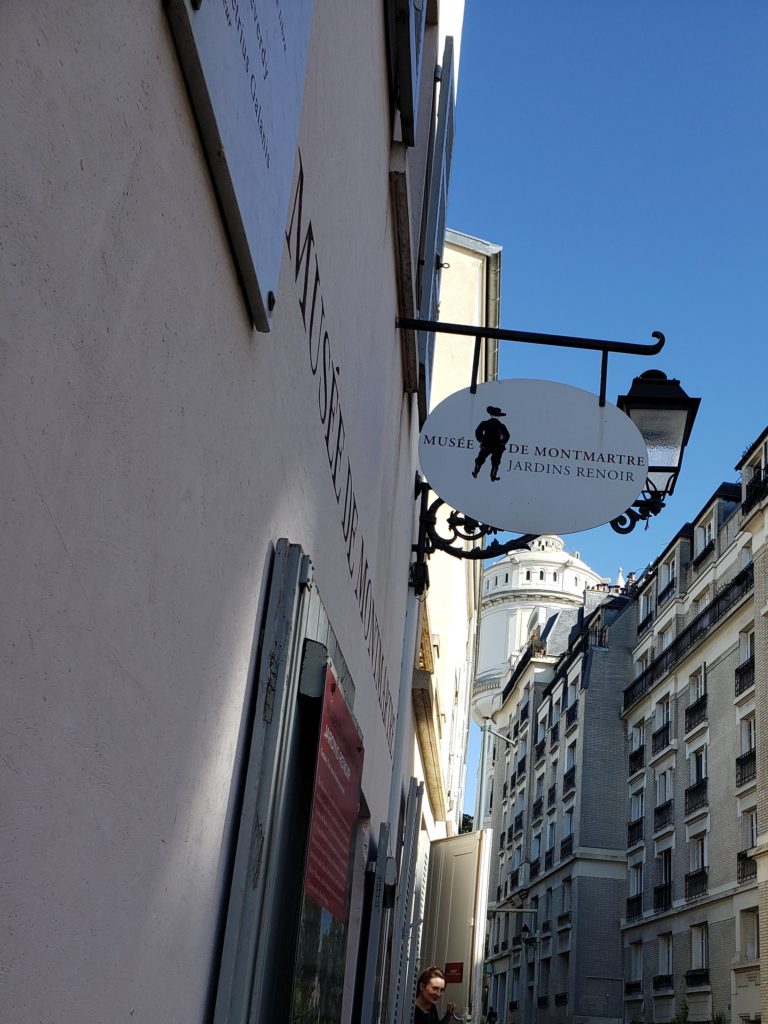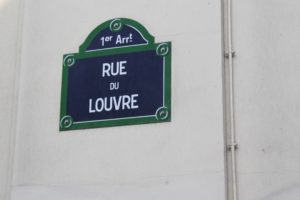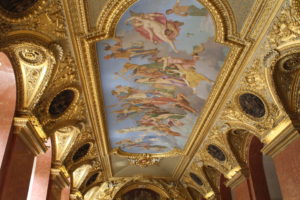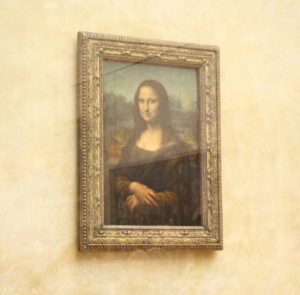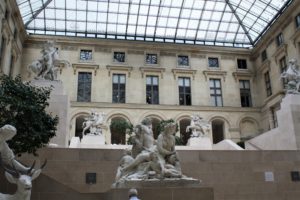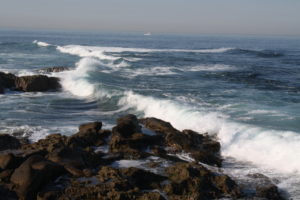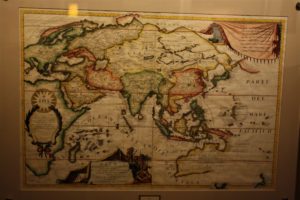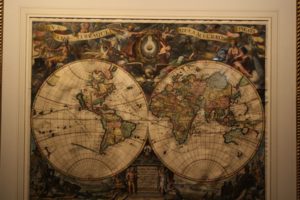Getty Center
The Getty Center in Los Angeles is a campus of the Getty Museum and other properties included in the Getty Trust. Opened in December 1997, this $1.3 billion museum and grounds encompass a permanent art collection, sculpture gardens, and collections on loan.
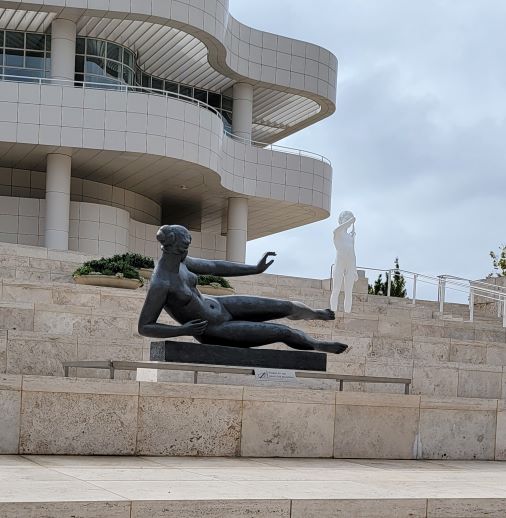
This Los Angeles landmark, the Getty Center’s architecture highlights both nature and culture. Modern designs coexist with stunning gardens and dramatic views of LA. Sitting on a hilltop in the Santa Monica Mountains you get views all the way to the Pacific Ocean, the San Gabriel Mountains, and streets in downtown LA.
The permanent art collection in the Getty Center includes pre-20th century European paintings, drawings, illuminated manuscripts, sculpture, and decorative arts. There are also 19th and 20th century American, Asian, and European contemporary art. Throughout are impressive displays of modern sculpture.
World class exhibits change, featuring art from museums around the world and from Getty’s own collections.
Recently, we spent a day at the Getty Center. With four pavilions to explore, outdoor gardens to wander through, and lunch at The Restaurant it was a full day.
We boarded a computer-operated tram to ride from the street level parking to the top of the hill. Exiting the tram, the 1.2 million square feet of travertine tiles reflected the sun light in a soft glow. All 16,000 tons of this tile came from Bagni di Tivoli, Italy, just east of Rome. Impressive, tastefully accomplished, and a feeling of pure art…it was all of that.
This was the beginning of an amazing day filled with art, gardens, and beauty.
Natural light is utilized throughout the Getty Center as many exterior walls are made of glass. Not to let in too much light, a computer adjusts louvers and shades as the sun moves around. Special filters in the Pavilions prevent damage to the art.
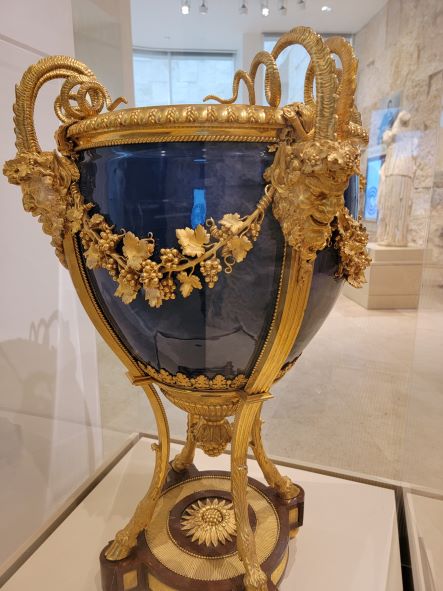
As we made our way through all the Pavilions, there were favorite displays where we spent more time. Every gallery and every Pavilion included a feast for our eyes. When it was time for a short break, we stopped for a cup of coffee at one of the outdoor coffee stands. As we sat in the outdoor courtyard, all around us was architecture to appreciate and sculptures to enjoy. Coffee never tasted so good.
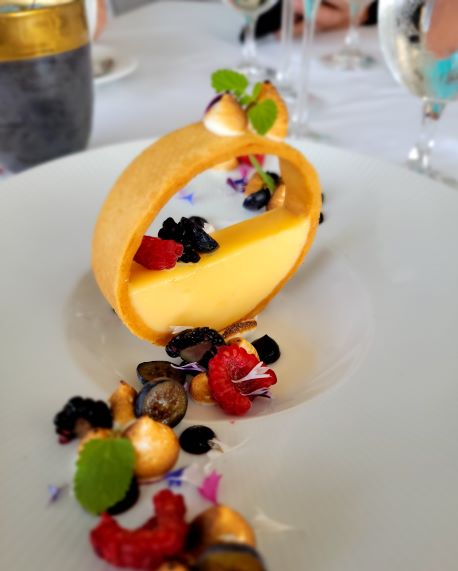
After a delicious lunch at The Restaurant, we wandered through the Central Garden, a treat in itself. It is more like an actual living work of art. Plants change with the seasons, an impressive lawn begs to be sat on, and flowers bloom in their brilliance. When we were there, late summer plants and flowers lined the walking paths and offered yet another feast for our eyes.
The Getty Center Garden is truly a place to relax and recharge. A walkway crosses a stream, the stream heads to a waterfall, and the pool at the bottom is surrounded by brilliant and fragrant plants.
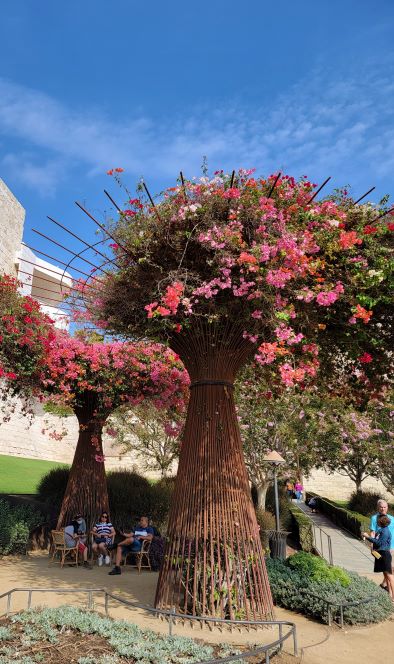
More than 500 varieties of plant material are used in the landscaping at the Getty Center. We spent time wandering through it all and then made our way to the garden between the East and West Pavilions. This desert terrain garden, full of succulents, offers yet another panoramic view of LA.

Our day was complete as we headed back down the tram to the parking area. Sculptures and trees lined the railway system. Deer relaxed under the bushes. They even enjoyed the Getty Center and its beauty.
If You Go: The Getty Center is located at 1200 Getty Center Drive, Los Angeles, CA. Admission is free to this amazing art center.
For more travel ideas check out https://travelsandescapes.net/
